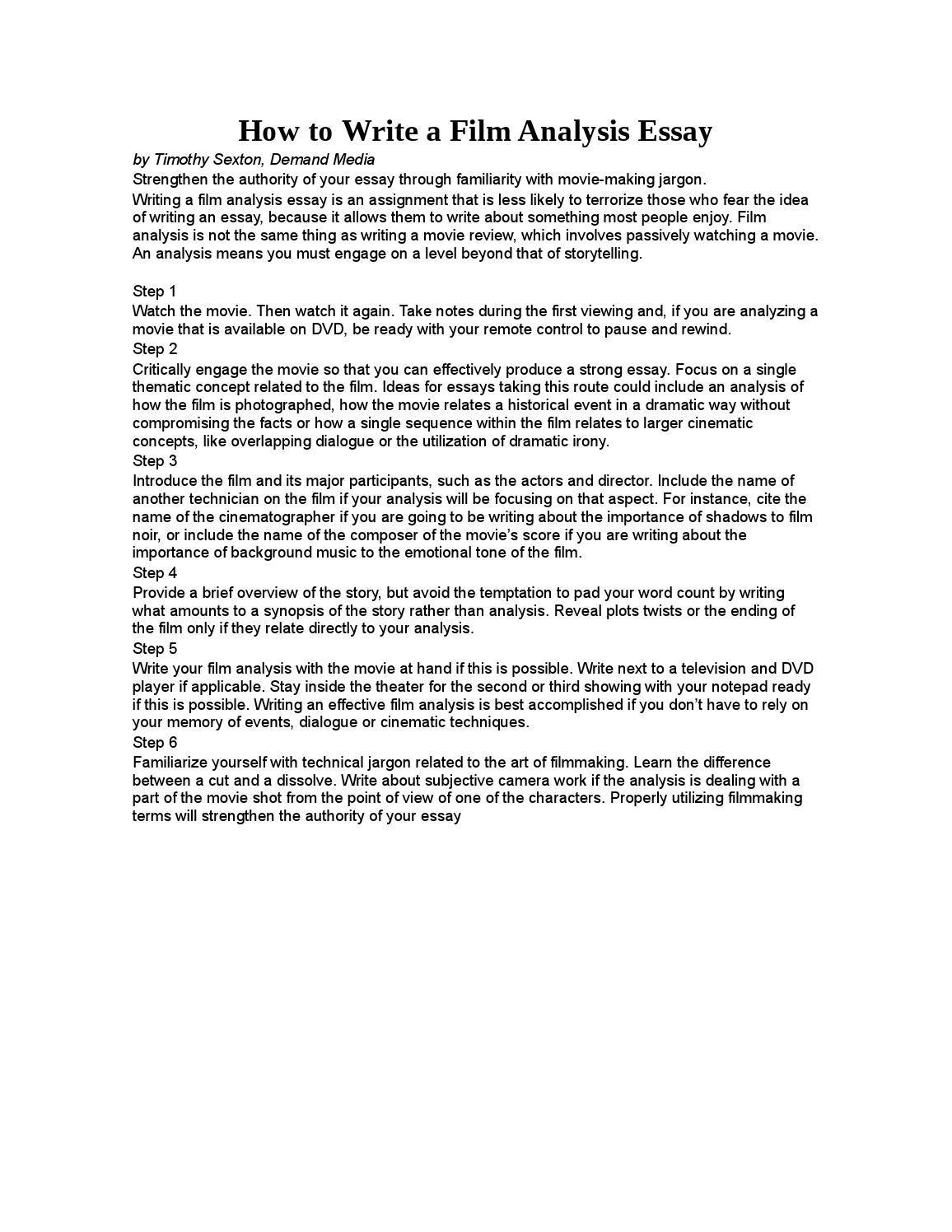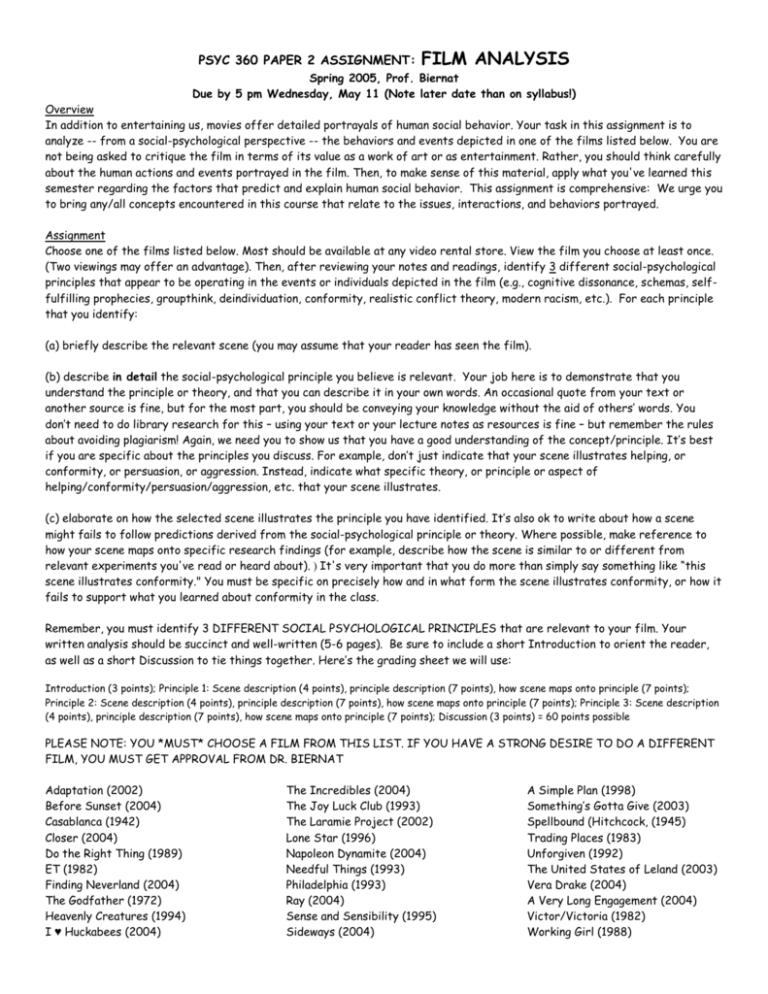

Film Analysis How to write a film
In the world of cinema, understanding the nuances of filmmaking and film analysis is crucial for professionals and enthusiasts alike. This content explores insightful resources that illuminate the intricacies of writing a film and analyzing its various components.
How To Write A Film

This image serves as a visual introduction to the essential elements involved in writing a film. Crafting a screenplay is an art that combines creativity with structured storytelling. Writers must consider character development, plot structuring, and dialogue crafting. It’s important to establish a clear vision of the story arc and explore the motivations of characters to create a cohesive narrative that resonates with viewers.
Film Analysis

Film analysis is a critical process that examines the various aspects of a film, including cinematography, editing, sound, and narrative structure. By dissecting these components, professionals can gain a deeper appreciation for the craft and the impact it has on the audience. This image encapsulates the methodologies employed in film studies, highlighting the significance of both visual and auditory storytelling elements. Understanding how filmmakers use these tools to convey themes and emotions enhances one’s ability to critique and create films responsibly.
Moreover, writing a film entails rigorous planning and the ability to adapt to various challenges that arise during the creative process. It often requires extensive research, collaboration with other creatives, and an understanding of the target audience. Writers must also be flexible and ready to revise their work, taking feedback into account to refine their scripts. This iterative process is not only essential in developing a strong screenplay but also in delivering a compelling cinematic experience.
Film screens can be unsettling, delightful, or thought-provoking, and the writer’s responsibility is to ensure that the narrative they present is both engaging and meaningful. One effective approach is to start with a strong premise that captures the audience’s interest immediately. A well-crafted logline can serve as the foundation for a screenplay, providing a succinct summary that guides the narrative’s development.
Once the premise is established, writers often create character outlines that define their motivations, backgrounds, and arcs. Dynamic characters are crucial, as they drive the story forward, prompting the audience to become invested in their journeys. Crafting relatable and multi-dimensional characters can elevate a simple plot into a profound exploration of human experience.
Dialogue plays a pivotal role in revealing character traits and advancing the plot. Writers must strike a balance between naturalistic dialogue and purposeful exchanges that contribute to the story’s progression. Subtext is an important element in dialogue, as it adds depth and complexity to interactions between characters. A skilled writer formulates conversations that resonate on multiple levels, enticing viewers to look beyond the surface.
In terms of structure, many writers adhere to the three-act format, which divides the narrative into setup, confrontation, and resolution. This framework provides a roadmap for pacing and ensures that key plot points are effectively spread throughout the film. Each act serves its purpose, building tension, introducing conflict, and ultimately leading to a satisfying resolution that ties together the narrative threads.
Transitioning from writing to film analysis, it’s essential to contextualize any piece of cinema within its cultural, historical, and social framework. Film analysis invites professionals to consider how films reflect society and contribute to cultural dialogues. By understanding the context in which a film is created, analysts can appreciate its relevance and significance more fully.
In the realm of film analysis, different methodologies allow for varied interpretations of a film. For instance, a formalist approach emphasizes the technical aspects of filmmaking—how visuals, sound, and editing influence viewer perception. Conversely, a cultural studies approach might analyze the societal implications of a film’s themes and its reception among audiences, considering factors such as identity, power, and ethics.
The visual language of a film, including shot composition and lighting, significantly impacts how audiences engage with the narrative. Analyzing these elements can uncover layers of meaning that might not be immediately apparent. For example, the choice of colors can evoke specific emotions, while framing can alter the viewer’s relationship with characters and events.
Sound design is equally critical in setting the tone and mood of a film. The use of silence, diegetic and non-diegetic sounds, and music can enhance the audience’s emotional connection to the story. Sound analysis explores how these auditory elements underscore tension, highlight moments of joy, or contribute to character development.
Editing is another crucial aspect of film analysis. The pacing of cuts, transitions between scenes, and the juxtaposition of images can profoundly affect how a narrative unfolds. Through editing, filmmakers can manipulate time, emphasize themes, and guide the viewer’s emotional journey, making it a vital area of study for those looking to understand cinema deeply.
In conclusion, both writing and analyzing films are intricate processes that require attention to detail, creativity, and a thorough understanding of storytelling techniques. Whether one is embarking on the journey to write a compelling screenplay or delving into the analysis of an existing film, each effort contributes to the greater tapestry of cinematic expression. By studying rich resources on film writing and analysis, professionals in the industry can hone their skills, elevate their work, and continue to push the boundaries of what film can achieve. The exploration of these elements enhances not only individual comprehension but also fosters a community of articulate and passionate filmmakers and analysts dedicated to the art of cinema.







